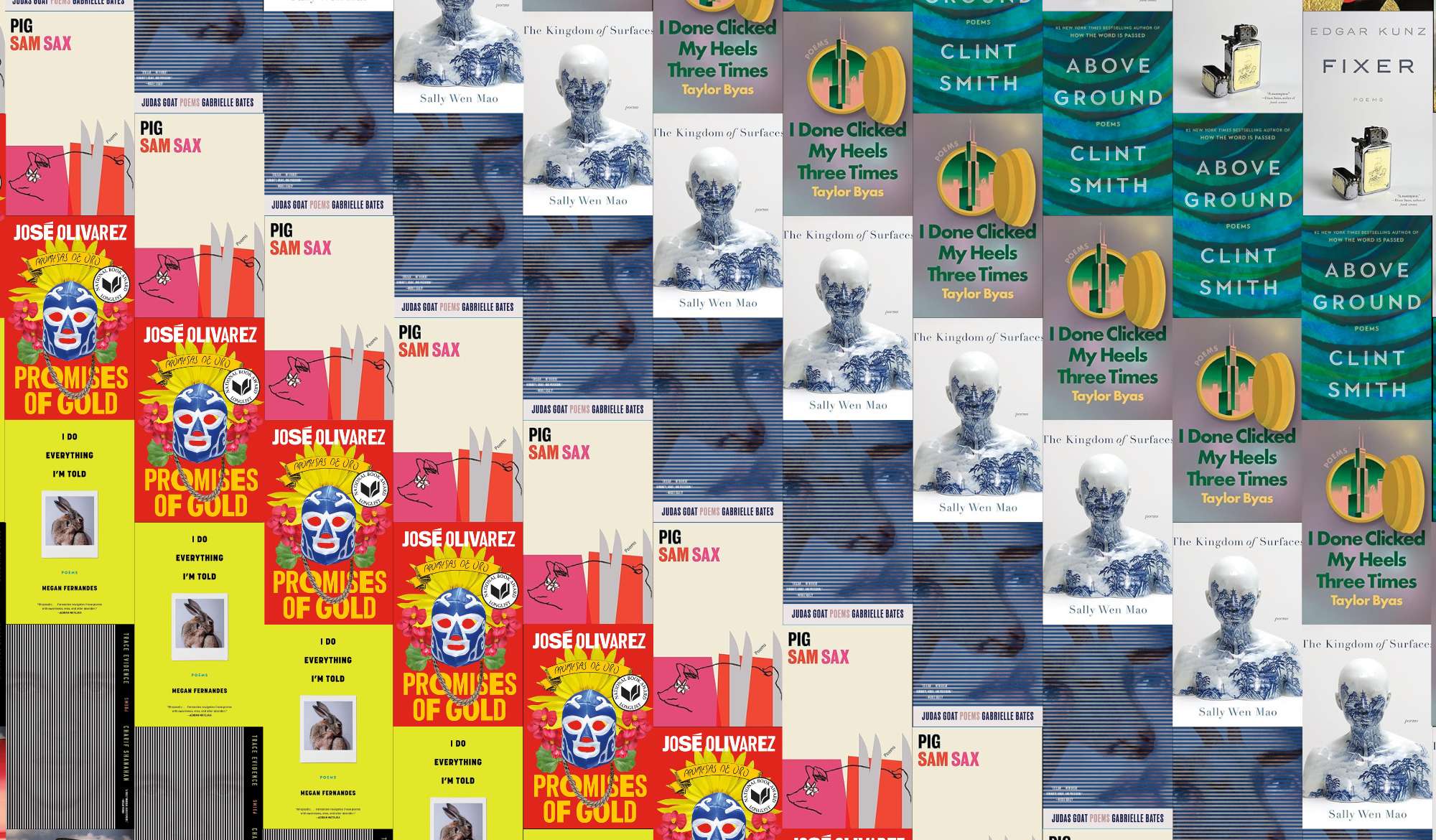Craft
Kristine Ong Muslim’s Stories in Age of Blight Are Shards of a Broken Mirror Reflecting a Bizarre Future
K

In case you hadn’t noticed, pop culture has been soaked with post-apocalyptic fiction for the past few decades, from The Stand to The Walking Dead. But recently, ecologists and writers of speculative fiction alike have begun envisioning the end of the Anthropocene epoch a little differently. Instead of a sudden mass extinction event — nuclear fallout, pandemic, meteor impact, scheduled demolition — we may already be in the middle of a ‘slow apocalypse’ of our own making. The sins of our species may have already caught up with us.
Some writers — futurists like Kim Stanley Robinson, Margaret Atwood, Tobias S. Buckell, and other practitioners of the newly coined ‘climate fiction’ — explore this concept literally. Others take a more indirect approach, grappling with the idea on a thematic level like Jeff VanderMeer’s Southern Reach trilogy.
Perhaps it’s no accident, then, that Age of Blight comes to us from the Philippines, a nation likely to be one of climate change’s first true casualties. Kristine Ong Muslim’s collection of speculative short stories is haunting, fearless, and wildly imaginative. In spare, deceptively simple prose, Muslim writes the kind of unpredictable stories you want to re-read the instant you finish. It’s a difficult book to classify; it is “literary,” “horror,” “science fiction,” but more than anything, Age of Blight acts as a ruthless look in the mirror.
Some stories are drawn from real-life milestones in humanity’s cruelty toward the rest of the animal kingdom. “The Wire Mother” revisits Harry Harlow’s experiments with infant rhesus monkeys from the perspective of a stand-in mother made of wire mesh, watching human psychologists strap her children into literal torture chambers. “The Ghost of Laika Encounters a Satellite” imagines the last moments of one of the first animals in space, an “excruciating death by boiling of internal organs, which was, unfortunately for me, not instantaneous.”
Others stories imagine the world a century deeper into the slow apocalypse, where ravaged landscapes are both otherworldly and familiar. “And if they don’t seem familiar,” Muslim warns us in ‘A Note on the Places in This Book,’ “it is likely you aren’t paying much attention.”
Her most haunting stories invoke Hegel’s notion of the Other, exposing the connection between humankind’s thoughtless violence and our earliest, most primitive fears. In “Jude and the Moonman,” for instance (think The Sandlot as told by David Lynch), a pickup baseball game is interrupted by the arrival of a kid with a face like “a white board cut-out, with eyes made of buttons,” as well as “terrible, hateful spots on his skin, miniature lunar craters.” Naturally, the other kids throw rocks at its skull.
Not every story sings. At times, Muslim veers too close to straight-up allegory, relying on heavy-handed symbolism and ignoring Teju Cole’s advice that a good novel [or story] shouldn’t have a point. “Anyone who does not look and talk like us is the enemy,” says the girl conditioned by future scientists to be violent in “No Little Bobos.” When she expresses indifference toward her victims, the scientists remind her: “Now, when we hurt them, we also need to put our hearts and minds into hurting them. It is very important that you feel anger towards them.” It’s about as subtle as a Rupert Murdoch staff memo.
Similarly, villagers fear a mysterious building containing the Great Beast in “The Quarantine Tank,” until someone touches the surrounding electric fence without getting shocked, sowing doubt as to whether the Great Beast exists at all. On her blog, Muslim states, “This story is really about my views on monotheistic religions, most specifically the three Abrahamic religions, Christianity, Islam, and Judaism. Everything’s buried in symbols, like most science fictions.” While it’s natural for a writer’s opinions to come out in their prose, I’ll invoke Teju Cole once again on the notion of attempting to convey a specific message: “My goal in writing a novel,” he says, “is to leave the reader not knowing what to think” (emphasis added).
Luckily, Muslim’s brilliant, beautiful, provocative stories far outnumber the soap boxes. “Day of the Builders” is one of the best speculative portrayals of modernity’s annihilation of the natural world (and the colonial eradication of indigenous culture) I’ve ever read. And she does it in less than ten pages, one of the longest stories in the book. Most stories are only three-to-five pages, always ending on a psychologically titillating crescendo and leaving you wondering what happens next. By keeping her fiction so brief, Muslim follows Robert Boswell’s maxim from The Half-Known World that “to make something fully known is to make it unreal.”
Kristine Ong Muslim’s stories in Age of Blight are “quarter-known worlds,” at most, thin shards of a broken mirror reflecting a dark, bizarre future. She knows the difference between world-building and world-suggesting. She knows how to open up doors in your mind to rooms you never knew were there, at least not on a conscious level. And she knows to shut those doors before you get a good look.








